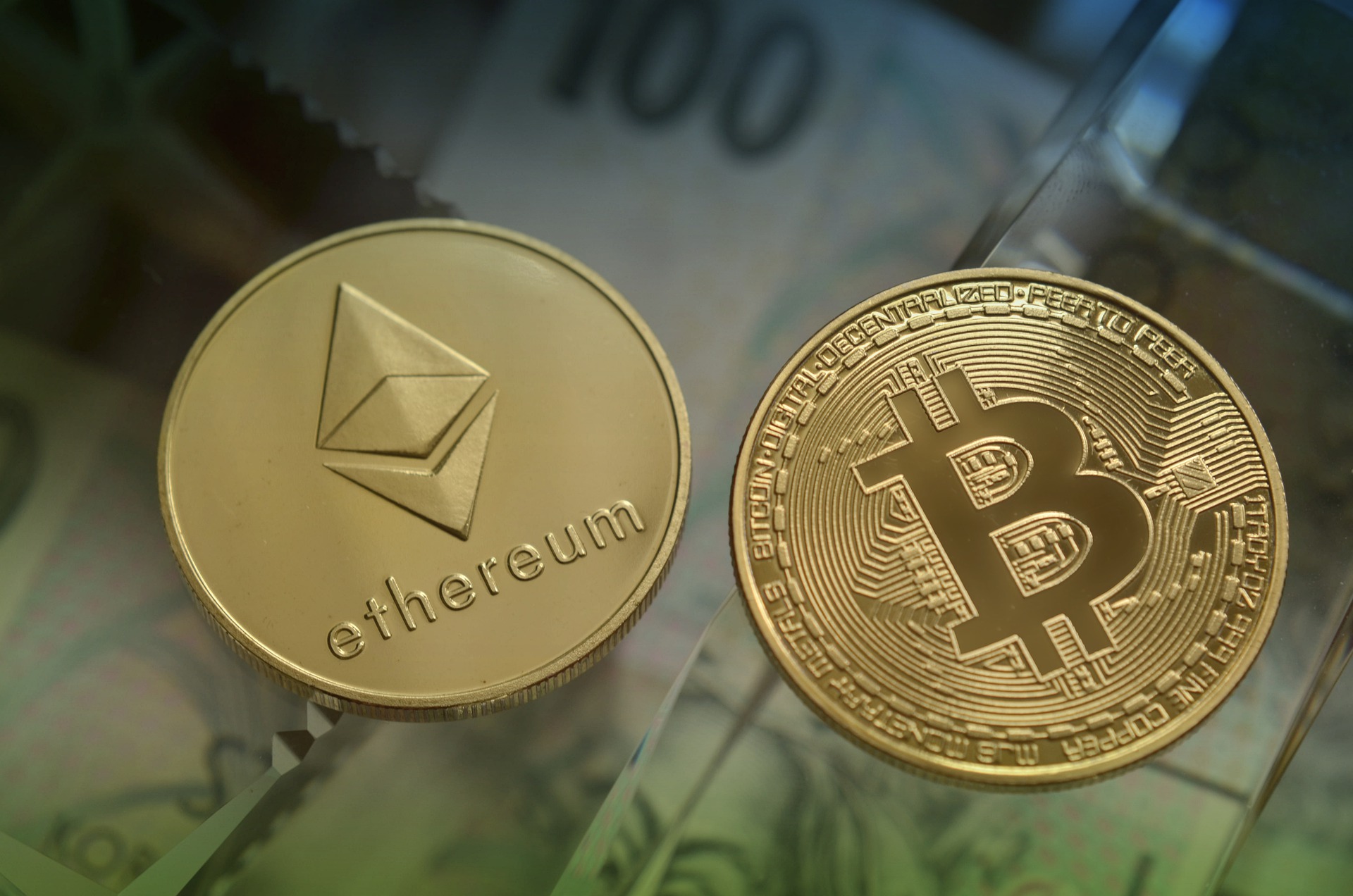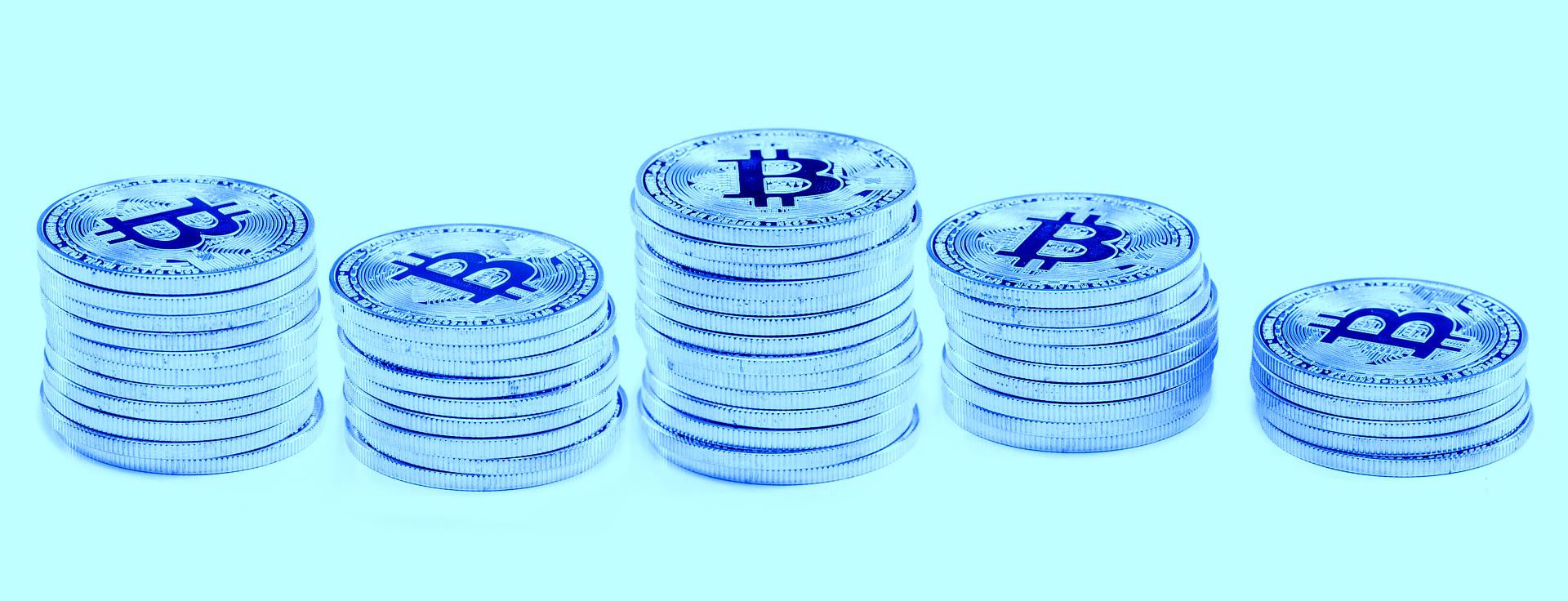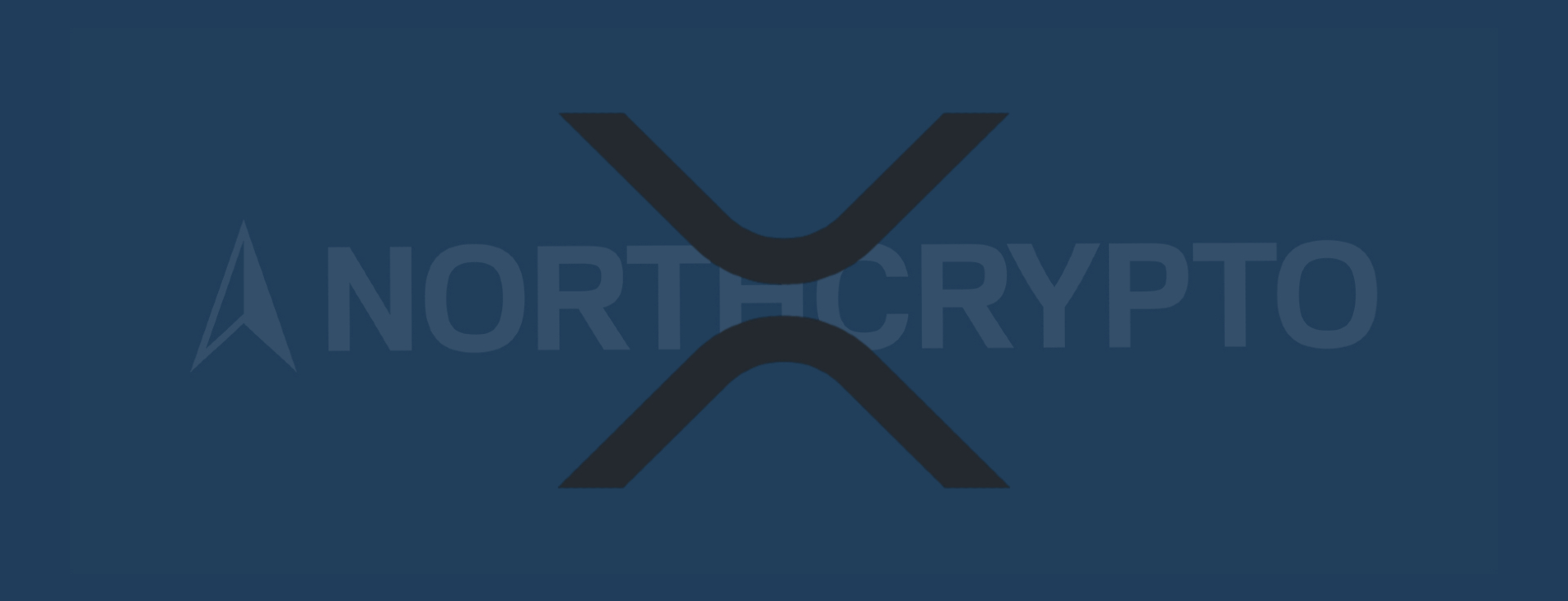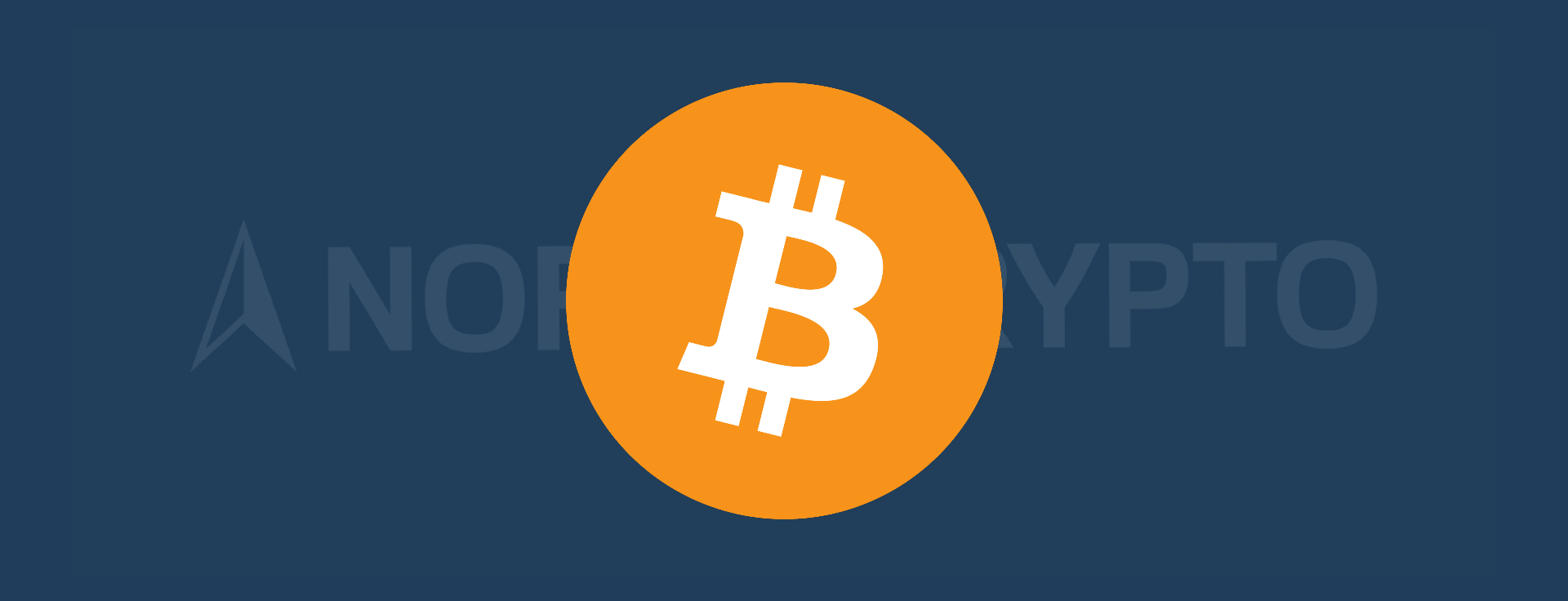
This monthly report covers the most important cryptocurrency news in August and delves deeper into the position of Bitcoin and Ethereum as payment methods.
August in the cryptocurrency market
The prices of all cryptocurrencies with a higher market cap were on the rise during August. The price of Ethereum shot up more than 35% during the month and ended up at almost 3,000 euros at the end of the month. The prices of Litecoin, Chainlink and Aave all increased slightly under 20% during August. At the end of the month, the price of Bitcoin ended up at just over EUR 40,000, which means a rise of a little under 15%.
Cryptocurrencies as a payment method
During August, there was some good news about the introduction of cryptocurrencies as a payment method. Cryptocurrencies are being introduced more widely as a payment method in Cuba and Switzerland, among others. In addition, movie theater chain AMC and U.S. mortgage provider United Wholesale Mortgage (UWM) announced they will introduce Bitcoin as a payment method later this year.
The Cuban government announced in late August that it would begin recognizing and regulating cryptocurrencies as a payment method. The solution is justified by socio-economic interest. The Central Bank of Cuba is preparing legislation to regulate cryptocurrencies and defining how to issue licences to cryptocurrency-related service providers.
European payment service provider Worldline and Swiss cryptocurrency-focused financial services provider Bitcoin Suisse launched a cryptocurrency-related payment solution in Switzerland. Worldline is Europe's leading payment service provider with operations in more than 50 countries and with more than 20,000 employees. With the new payment solution, approximately 85,000 Swiss merchants using Worldline's payment services can accept Bitcoin and Ethereum as payment methods. To use the payment solution, the merchant only needs to download the Worldline cryptocurrency payment mobile application or install the Worldline payment plugin for their online store.
AMC, the world’s largest movie theater chain, and UWM, the second-largest mortgage provider in the United States, both said in August they will introduce Bitcoin as a payment method this year. Also, AMC said it is exploring other opportunities for it to participate in the growing cryptocurrency world in the future. UWM, for its part, said it is exploring the possibility of accepting Ethereum and other cryptocurrencies as a payment method in the future.
Bitcoin and Ethereum as payment methods
The wider acceptance of Bitcoin and Ethereum as a payment method is an interesting phenomenon. Bitcoin is now generally seen primarily as a store of value. Ethereum, on the other hand, is basically seen as an ecosystem and platform on which decentralized applications are built. Thus, neither is currently seen as acting primarily as a payment method. Transactions in the Bitcoin blockchain are relatively slow and the capacity of transactions is quite limited. Ethereum's transaction costs, on the other hand, are currently very high due to high network usage. The cost of one transaction in the Ethereum network can be up to dozens of euros. However, the situation is not so bad for Bitcoin and Ethereum, and things that show this will be discussed next.
Euro and Bitcoin as layered monetary systems
The Eurosystem consists of several layers. For example, when paying with a Mastercard debit card in a store, the money transfer does not take place immediately, as the transfer does not settle until the next day at the earliest. This money transfer becomes final when it is settled on the interbank base layer of the Eurosystem, i.e. the TARGET2 payment system. Bitcoin can also be seen as a layered monetary system. The Bitcoin blockchain is the base layer where transfers become final in tens of minutes. Unlike TARGET2, for example, Bitcoin operates 24/7 and does not require trust in third parties such as banks.
Lightning Network
On top of the base layer of Bitcoin there is a fast-growing Lightning Network in layer 2. The Lightning Network currently has over 26,000 nodes that can be seen as if they were Bitcoin banks. In the Lightning Network, for example, bitcoin transaction to the other side of the globe takes place immediately and practically free of charge. Where, for example, Visa can theoretically process dozens of thousands of transactions per second, the capacity of the Bitcoin Lightning Network is theoretically up to dozens of millions of transactions per second.
In August, the digital newsletter subscription service Substack launched Lightning Network payments. Thus, about 500,000 paying subscribers using Substack will be able to pay their subscription fees with bitcoins using the Lightning Network. Jack Dorsey, CEO of the community service Twitter, has also said adding Lightning Network to Twitter is only a matter of time. El Salvador introduced Bitcoin as a legal tender on Tuesday 7th of September. People in El Salvador likely use the Lightning Network for bitcoin payments almost exclusively because of its speed and negligible costs. Thus, it is possible that the Lightning Network will get hundreds of thousands or even millions of new users in a very short time.
Scalability of Ethereum
Ethereum aims to scale on its base layer using Ethereum 2.0, but Ethereum also scales in layers, like Bitcoin. In late August, a layer 2 scalability solution called Arbitrum began operating on top of Ethereum. Several other layer 2 scalability solutions have also been developed for Ethereum, such as Polygon.
The forthcoming Ethereum 2.0 version of Ethereum is intended to solve Ethereum's scalability problems and reduce network transaction costs very significantly. Prior to the launch of Ethereum 2.0, Ethereum's current Proof of Work mechanism will be replaced by a Proof of Stake mechanism which, unlike Proof of Work, will not impose any restrictions on network capacity. The scalability of Ethereum will be enhanced after the transition to Proof of Stake with the sharding update. With sharding, Ethereum's network will be split into smaller parts, making it possible to perform more simultaneous transactions on the network.
Therefore, Ethereum 2.0 will likely significantly improve the scalability of the Ethereum network as well as multiply the network capacity. Thus, Ethereum will probably get rid of one of it’s biggest problems, high transaction costs. With the reduction of transaction costs, the use of Ethereum as a payment method will also be considerably eased.
Summary
Several news related to the introduction of Bitcoin and other cryptocurrencies as a payment method are a positive development for the wider global cryptocurrency adoption. The number of nodes and users on Bitcoin’s Lightning Network has grown at a rapid pace this year and there’s no reason why this trend shouldn’t continue. Also, things are looking good for Ethereum, as the Ethereum 2.0 update, which will improve Ethereum's scalability and position as a payment method, is likely to come in the near future.
Ville Viitaharju
Cryptocurrency specialist
Last updated: 14.03.2022 13:46





